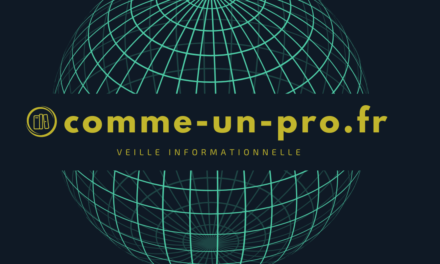During a sprint, project teams write short user stories to plan their work for the next sprint. In this course, Doug Rose, an expert in agile development, explains how to write and prioritize User Stories. It also explains the main pitfalls to avoid when planning an agile project.
What do we mean when we talk about User Stories?
In an agile approach, User Stories are the smallest unit of work. They represent the end goals of the software (not the features) from the user's point of view.
A User Story is a generic, informal description of software functionality written from the user's perspective.
The purpose of a User Story is to describe how the option will create value for the customer. Note: Customers are not necessarily external users in the traditional sense. Depending on the team, this could be a client or a colleague in the organization.
A User Story is a description of the desired result in simple language. It is not described in detail. Requirements are added as they are accepted by the team.
What are agile sprints?
As its name suggests, an Agile Sprint is a phase of product development. A Sprint is a short iteration that divides a complex development process into several parts in order to simplify, adjust and improve it based on the results of an interim review.
The Agile method starts with small steps and develops the first version of the product in small iterations. In this way, many risks are avoided. It removes the hurdles of V-projects, which are divided into several sequential phases such as analysis, definition, design, and testing. These projects are carried out once at the end of the process and are characterized by the fact that they do not provide temporary access rights for company users. It is therefore possible that at this stage, the product no longer meets the needs of the company.
What is Backlog in Scrum?
The purpose of the Backlog in Scrum is to collect all customer requirements that the project team needs to meet. It contains a list of specifications related to the development of the product, as well as all the elements that require the intervention of the project team. All functions in the Scrum Backlog have priorities that determine the order of their execution.
In Scrum, the Backlog starts with defining the product goals, target users, and various project stakeholders. Next is a list of requirements. Some of them are functional, some are not. During the planning cycle, the development team analyzes each requirement and estimates the cost of implementation.
Based on the list of requirements, a list of priority functions is drawn up. The ranking is based on the added value of the product. This prioritized list of functions constitutes the Scrum Backlog.


